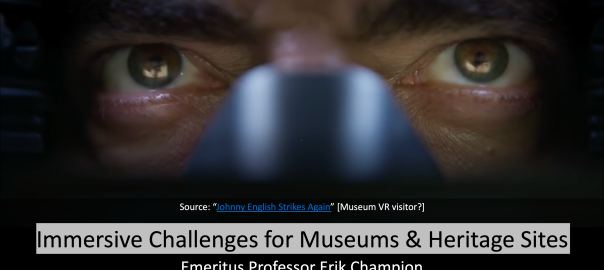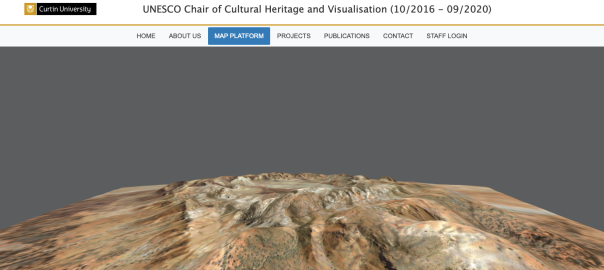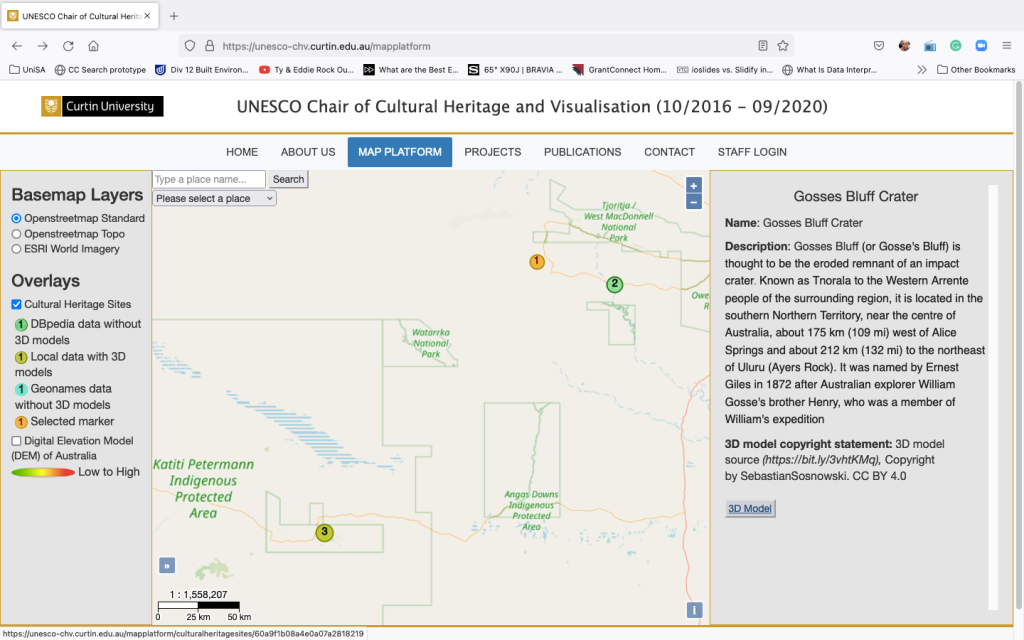Our article “Exploring Historical Australian Expeditions with Time-Layered Cultural Maps” has been published in IJGI and is available online:
Website: https://www.mdpi.com/2220-9964/12/3/104
PDF Version: https://www.mdpi.com/2220-9964/12/3/104/pdf
Exploring Historical Australian Expeditions with Time-Layered Cultural Maps
The Australian Time Layered Cultural Map platform was created to help digital humanities scholars investigate how online geospatial tools could provide exemplars to their humanities colleagues on how historical collections and cultural data could be extended and re-examined with geospatial tools. The project discussed here investigated how Recogito/TMT could effectively extract spatial and temporal data from pure text-based historical information and generate time-layered interactive maps of that spatio-temporal data using accessible and user-friendly software. The target audience was humanities scholars relatively new to geospatial technologies and relevant programming systems. The interactive maps were created with two free, open-source web applications and one commercial GIS (Geographic Information System) mapping application. The relative pros and cons of each application are discussed. This paper also investigates simple workflows for extracting spatiotemporal data into RDF (Resource Description Framework) format to be used as Linked Open Data.





